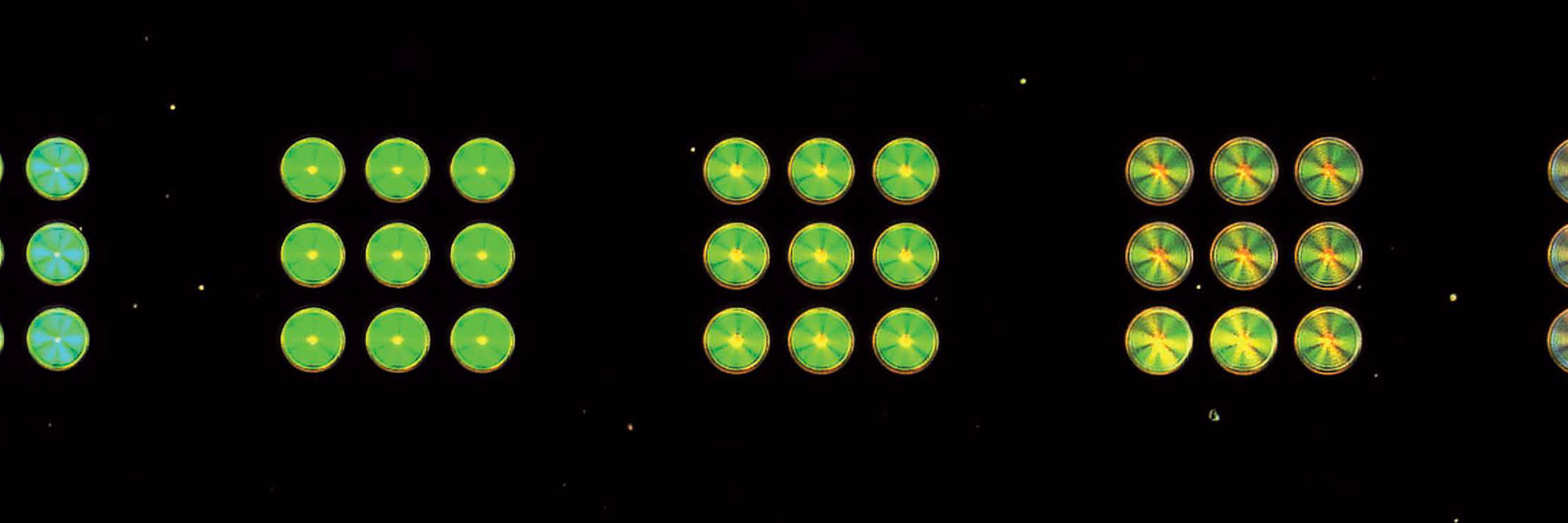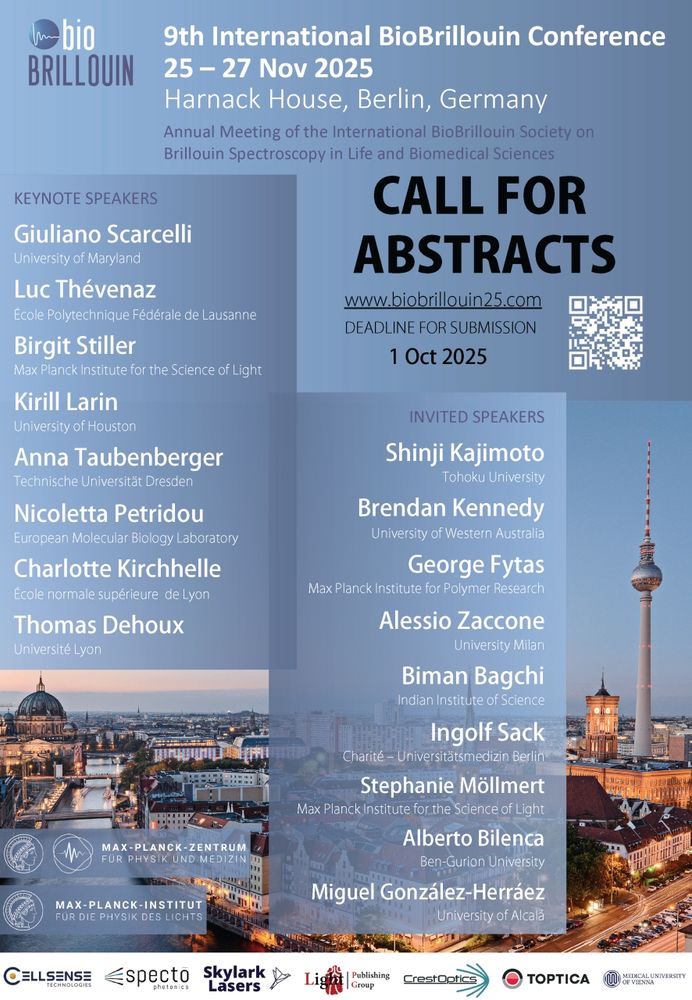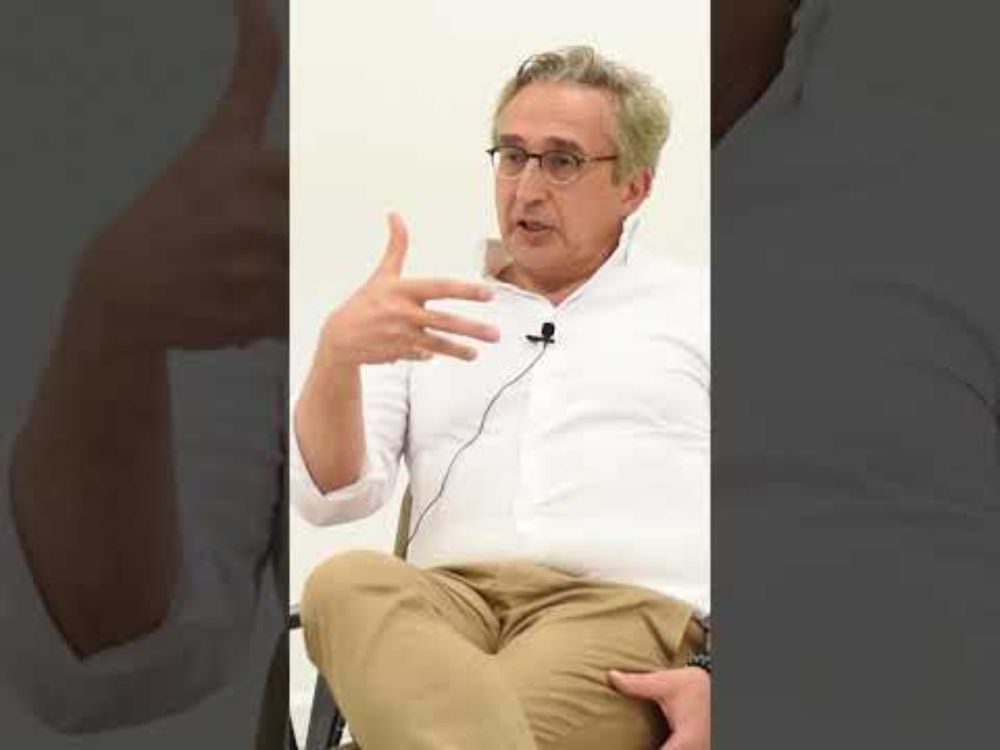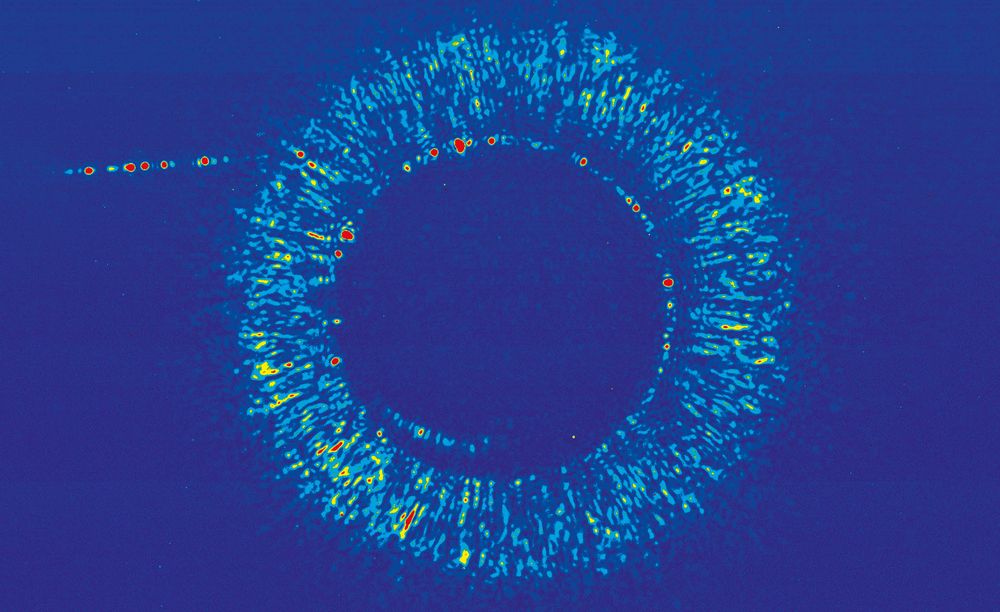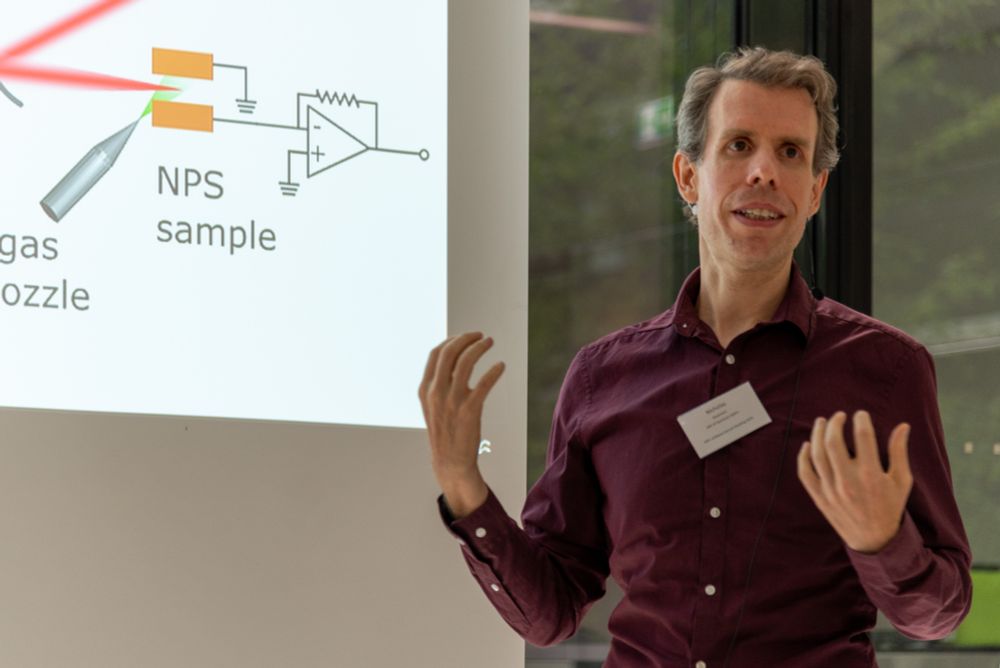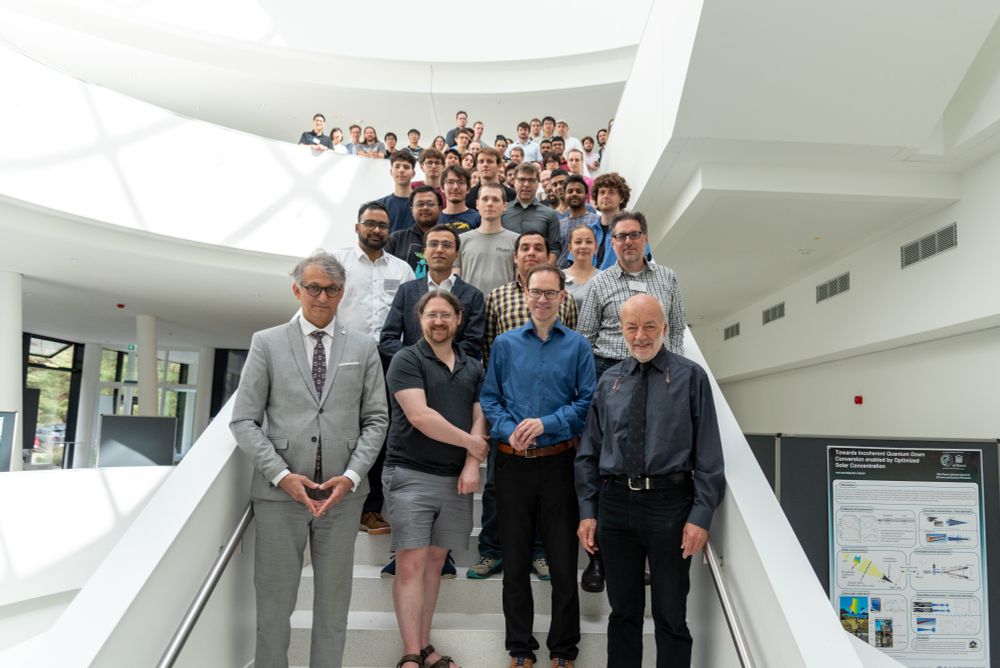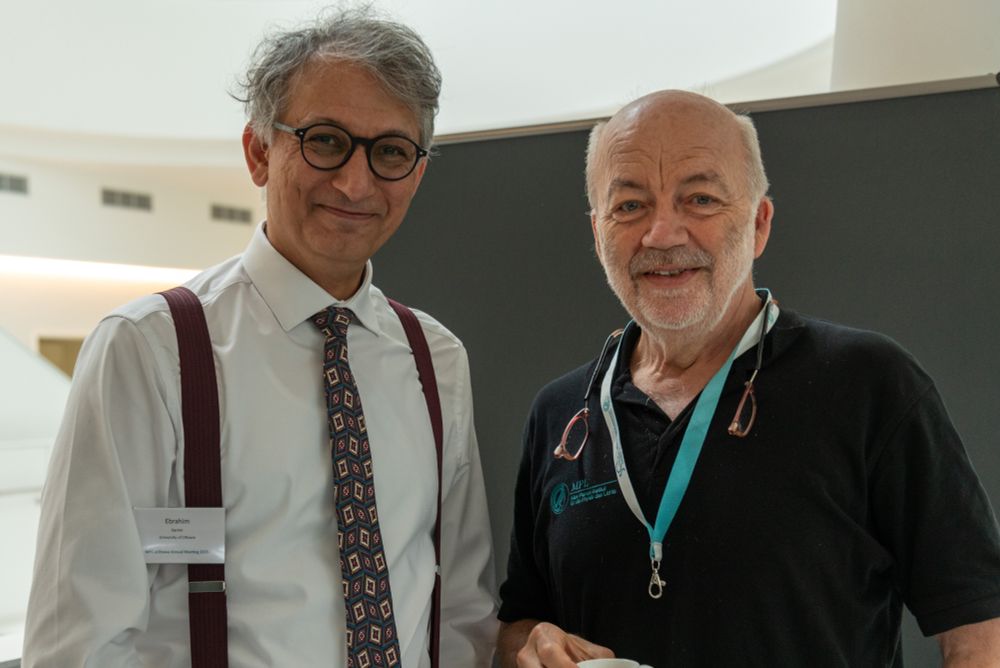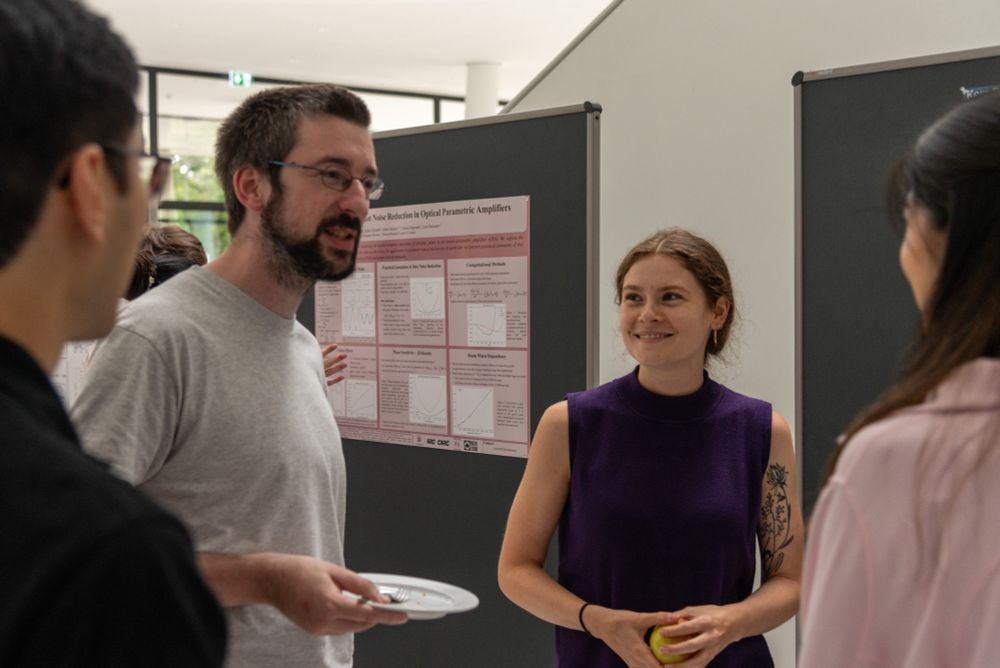Max Planck Institute for the Science of Light (MPL)
@mpi-scienceoflight.bsky.social
260 followers
160 following
90 posts
MPL focuses on basic research into all aspects of the interaction between light and matter, from modern optics to photonics, quantum effects and their applications in the "real" world.
Impressum: https://mpl.mpg.de/de/impressum/
Posts
Media
Videos
Starter Packs
Reposted by Max Planck Institute for the Science of Light (MPL)
